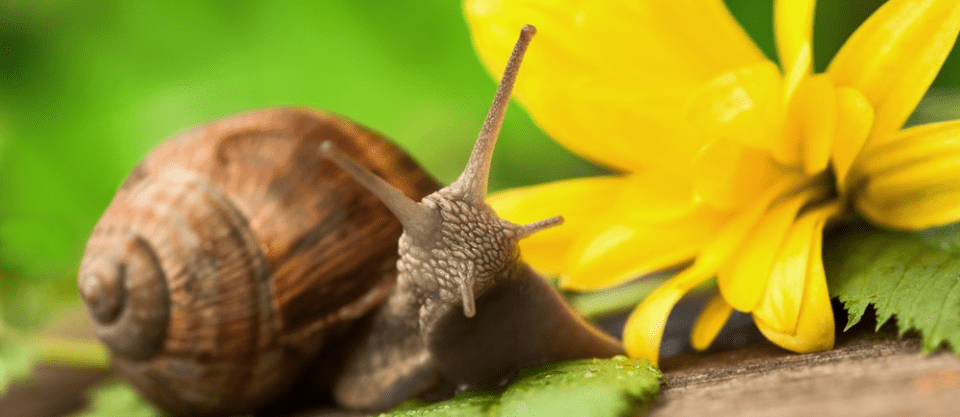
What Is Macro Photography?
A camera is a tool that allows us to capture what we see, as we see it. But sometimes, the camera is also a tool that encourages us to look. Macro photography is an excellent example of just that.
What is macro photography?
Macro photography is simply photographing small items, often insects and flowers, but also still life like jewelry and small household objects. Macro photography encourages the photographer to take a closer look. It enables the shooter to search harder for minute subject matter and to make the everyday objects appear extraordinary.
In the days of film, the answer to “what is macro photography” was a little stricter, and required much more equipment. Shooting with a film camera, an image that captured something that was at least 1/10th of the original size on a piece of 35mm film was considered macro. Images that captured the object life-size, or at a 1:1 ratio, were considered micro.
Today, macro photography doesn’t require nearly as much equipment. Many point-and-shoot cameras have macro modes that can capture pretty decent close-ups. A macro lens with a DSLR offers even more quality, and offers additional flexibility for getting closer with adapters and other gear.
The macro capabilities of a camera can be written in two different ways. The first is using ratio. A 1:1 macro image means that lens will capture a life-sized image of an object. A 1:2 ratio captures a small object at half of its original size, and vice versa.
 More commonly, a camera or lenses macro capability is measured in the distance the object can be from the front of the lens. Perhaps you’ve tried to take a close photo with a compact camera, only to hear the lens whirring in back and forth, unable to lock a focus. That’s because you were either too close to the subject, or you forgot to turn the macro mode on.
More commonly, a camera or lenses macro capability is measured in the distance the object can be from the front of the lens. Perhaps you’ve tried to take a close photo with a compact camera, only to hear the lens whirring in back and forth, unable to lock a focus. That’s because you were either too close to the subject, or you forgot to turn the macro mode on.
The minimum focusing distance, listed in a camera’s specifications, indicates just how close you can get in macro photography. Many modern, advanced compacts let you get an inch from the object and still focus. A compact camera’s lens focuses on subjects at varying lengths by moving the lens closer or further from the sensor. Macro photography requires the lens to be close to the sensor to acquire a focus, and not all cameras are able to position the lens close enough to lock a focus.
On most compact cameras, there’s a shortcut to tell the camera you’d like to focus close to the lens. This shortcut looks like a small flower icon. When macro mode is on, the camera will be able to focus on objects that are close to the lens. It’s still possible to get too close, so check the minimum focusing distance on your camera’s tech specs. Many newer compact cameras can focus as close as an inch from the front of the lens.
 On DSLRs, macro capability is dependent on the lens, not the camera. Lenses with macro capabilities can get closer to a subject. A macro lens usually lists both a minimum focusing distance and a macro ratio in the technical specifications. A 1:1 is a great ratio for a DSLR lens, and many photographers consider anything less than 1:1 not a true macro. Macro lenses aren’t limited to just close-ups, either. They can also focus to infinity, meaning they can also snap non-macro photos too. Unlike on a compact camera, when shooting macro with a DSLR, there’s often a switch on the lens that tells the lens to focus on close subjects.
On DSLRs, macro capability is dependent on the lens, not the camera. Lenses with macro capabilities can get closer to a subject. A macro lens usually lists both a minimum focusing distance and a macro ratio in the technical specifications. A 1:1 is a great ratio for a DSLR lens, and many photographers consider anything less than 1:1 not a true macro. Macro lenses aren’t limited to just close-ups, either. They can also focus to infinity, meaning they can also snap non-macro photos too. Unlike on a compact camera, when shooting macro with a DSLR, there’s often a switch on the lens that tells the lens to focus on close subjects.
 Which is better for macro photography, a compact camera, or a DSLR?
Which is better for macro photography, a compact camera, or a DSLR?
While many newer compact cameras have excellent macro modes, they don’t give the user full flexibility when it comes to exposure and depth of field. There are a few models that allow the use of manual modes when shooting macro, but many don’t. Manual modes are important in macro photography, as they’ll allow you to choose just how much of the image is sharp and how much of that background is blurred.
Macro photography is simply photographing items up close. However simple the concept, there are different macro photography tips that apply to taking close-ups. Many cameras can take macro photos, though DSLRs have more flexibility and a higher resolution. Taking images close-up is a fun way to rethink items we see every day, or explore something you think you know well, like your backyard.
Looking to sharpen your photography skills? Join our top-rated professional diploma in photography today!



